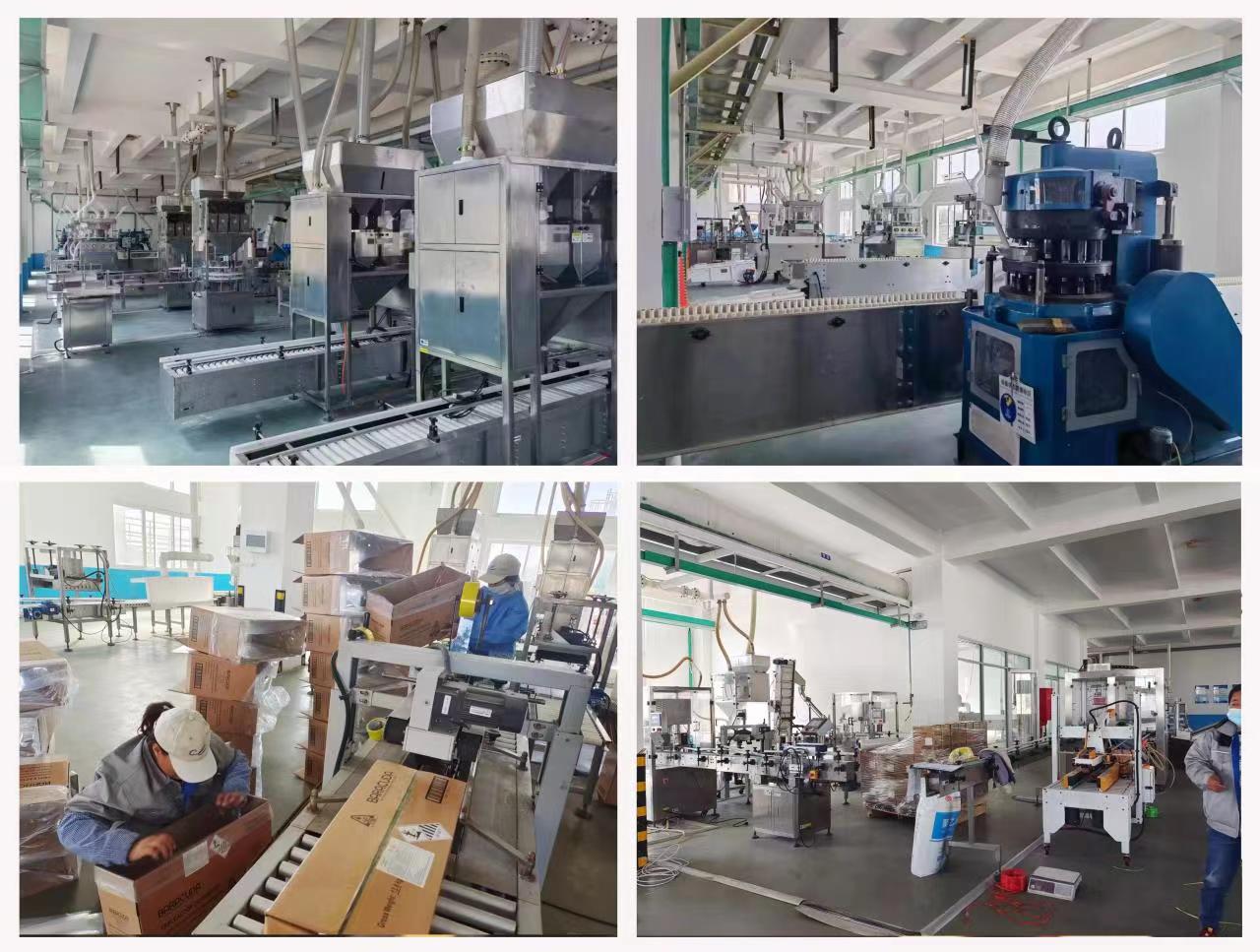

Select Language


Payment Type:L/C,T/T,D/A,D/P
Incoterm:FOB,CFR,CIF,EXW
Brand: kopeo
Place Of Origin: China
Model Number: Customization
Color: Customizable
Appearance: Plastic Granules
Sample: Avaliable
Feature: Temperature Resistance
Advantage: Heat Resistance
Material: TPEE
Classification: Chemical Auxiliary Agent
Type: Powdered Rubber
Payment Type: L/C,T/T,D/A,D/P
Incoterm: FOB,CFR,CIF,EXW
Introduction of the product
Properties of Thermoplastic Polyester Elastomer
1. Weathering and aging resistance
Polyether ester elastomers have excellent chemical stability under many different conditions, such as under water spray, ozone, and outdoor atmospheric aging. Like most TPEs, degradation occurs under UV light (UV light below 310nm is a major factor in degradation), so for outdoor applications or conditions where products are subjected to sunlight, UV-protective additives should be added to the formulations, which include carbon black and various pigments or other shielding materials. Phenolic antioxidants and benzotriazole-type UV shielding agents are used in conjunction to provide effective protection against UV aging.
Light and heat-induced oxidation are two major factors in the degradation and aging of polyether ester elastomers, and PEG-PBT copolyester has poor heat and light resistance, and thermal oxidative degradation and light aging degradation are very serious. Degradation is accelerated by warming. With the decrease of molecular weight in the aging process, the elongation at break of the material decreases, and the instantaneous elastic recovery rate becomes poor.
In addition, polyether ester elastomers also have different degrees of hydrolysis, polyether ester elastomers in water to produce cross-linking reaction, the amount of gel formation increased.PEG-PBT co-polyester implanted in vivo as a scaffold for biomaterials, it is easy to utilize its hydrolytic degradation characteristics.PEG-PBT co-polyester degradation in water and obey the hydrolysis mechanism, that is, H2O molecules attack the ester group between the PEG, PBT and break the chain, the degradation product is PEG, PBT, PEG and PBT, and the degradation product is PEG. The degradation products are PEG and low molecular weight PBT; the degradation rate is affected by the composition, temperature, pH, enzyme and other factors, the higher the PEG content, temperature, pH, the faster the degradation rate, by adjusting the content of the two components to meet the degradation rate of different applications on the requirements of the degradation rate.
2.High resilience
The application of TPEE materials to springs can make the springs have a long service life, and can help the train start, accelerate, decelerate and stop smoothly. Unlike metal springs, they do not rust, deteriorate under natural environmental conditions, or cause elasticity cracking or loss. Compared to rubber materials, they are more reusable and maintain good elasticity.
3. Processing and molding
TPEE has excellent melt stability and full thermoplasticity, so it has good processability, can be processed using a variety of thermoplastic processing techniques, such as extrusion, injection, blow molding, rotational molding and melt casting molding. In low shear rate, TPEE melt viscosity is not sensitive to shear rate, while in high shear rate, melt viscosity with the shear rate increases and decreases. As the TPEE melt is very sensitive to temperature, in the range of 10 ℃ change, its melt viscosity changes several times to dozens of times, so the molding temperature should be strictly controlled.
In order to ensure that the moisture content of the resin is less than 0.1%, before processing the need for air drying (80-120 ℃, 6-8h).
(1) Extrusion molding
The use of ordinary plastic extruder can be TPEE extrusion molding for sheet, tube, rod and wire wrapping, etc.. General progressive screw can be used, L/D ratio ≥ 24:1, compression ratio of (2.7-4):1.
(2) Injection molding
Injection molding technology can be processed into a variety of shapes and sizes of products. Reciprocating screw-type injection molding machine due to the temperature uniformity and consistency of the melt and priority, the depth of the groove for the gradient type, the recommended compression ratio of 3.0-3.5, the screw L/D ratio (18-24): 1; injection pressure 80-120MPa, the use of slow and medium-speed injection.
(3) Blow molding
Blow molding requires resin with high melt viscosity and melt strength. Application of polymer extrusion chemical chain expansion technology, the special chain segment embedded in the TPEE molecular chain, prepared to meet the blow molding of large-scale special parts (such as engine air intake duct) of the high viscosity TPEE.
(4) other molding processes
TPEE is also suitable for rotational molding and melt casting molding process. Such as rotational molding process ball, small pneumatic tubeless tires. Melt casting molding has low processing costs, the advantages of good dimensional stability of the product.

Company information
The company's main import and export products include:
The company's main import and export products include
(1)Intermediates:The chemical compound synthesized from simpler compounds and usually intended to be used in later syntheses of more complex products.A usually short-lived chemical species formed in a reaction as an intermediate step between the starting material and the final product.
